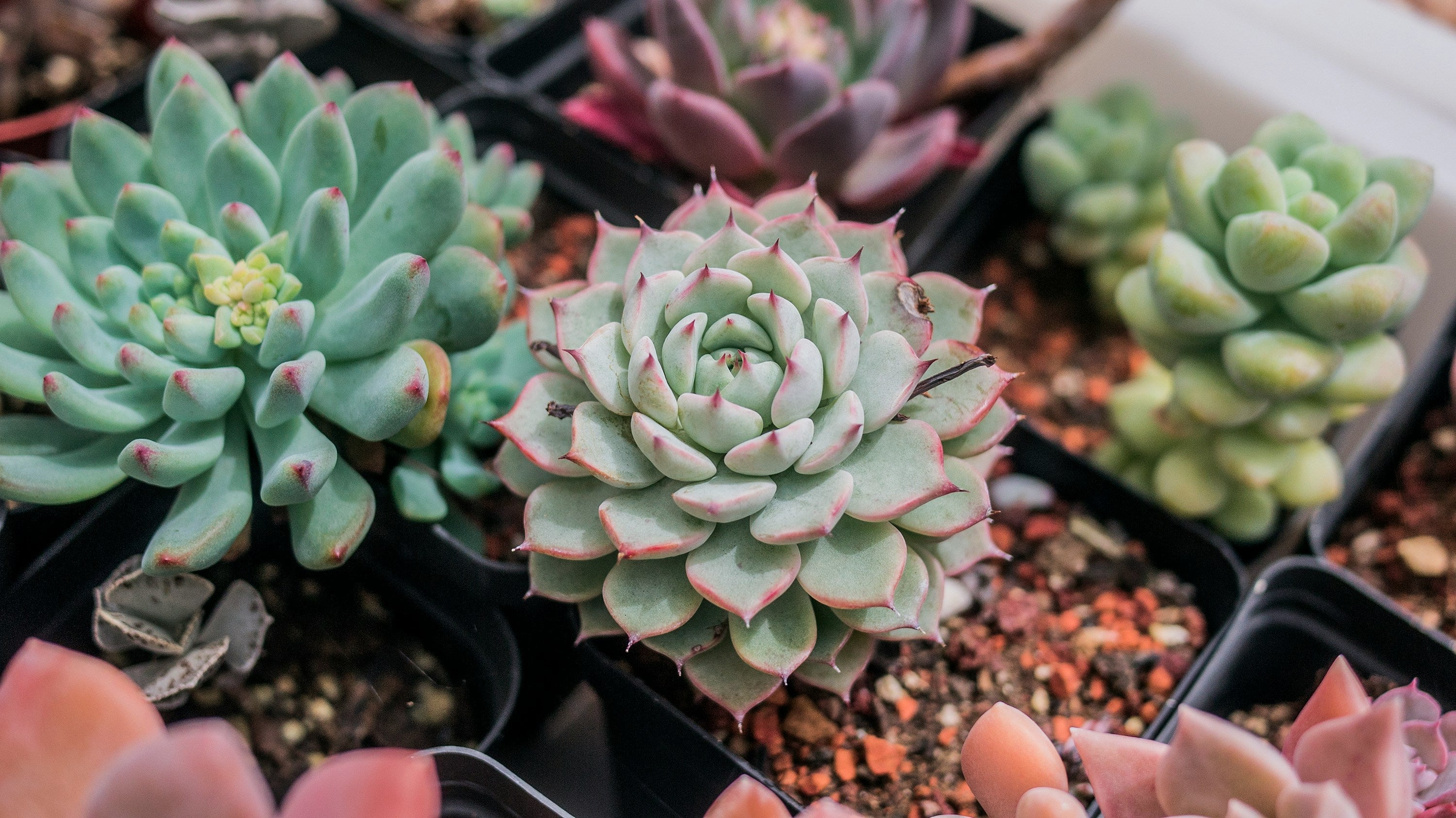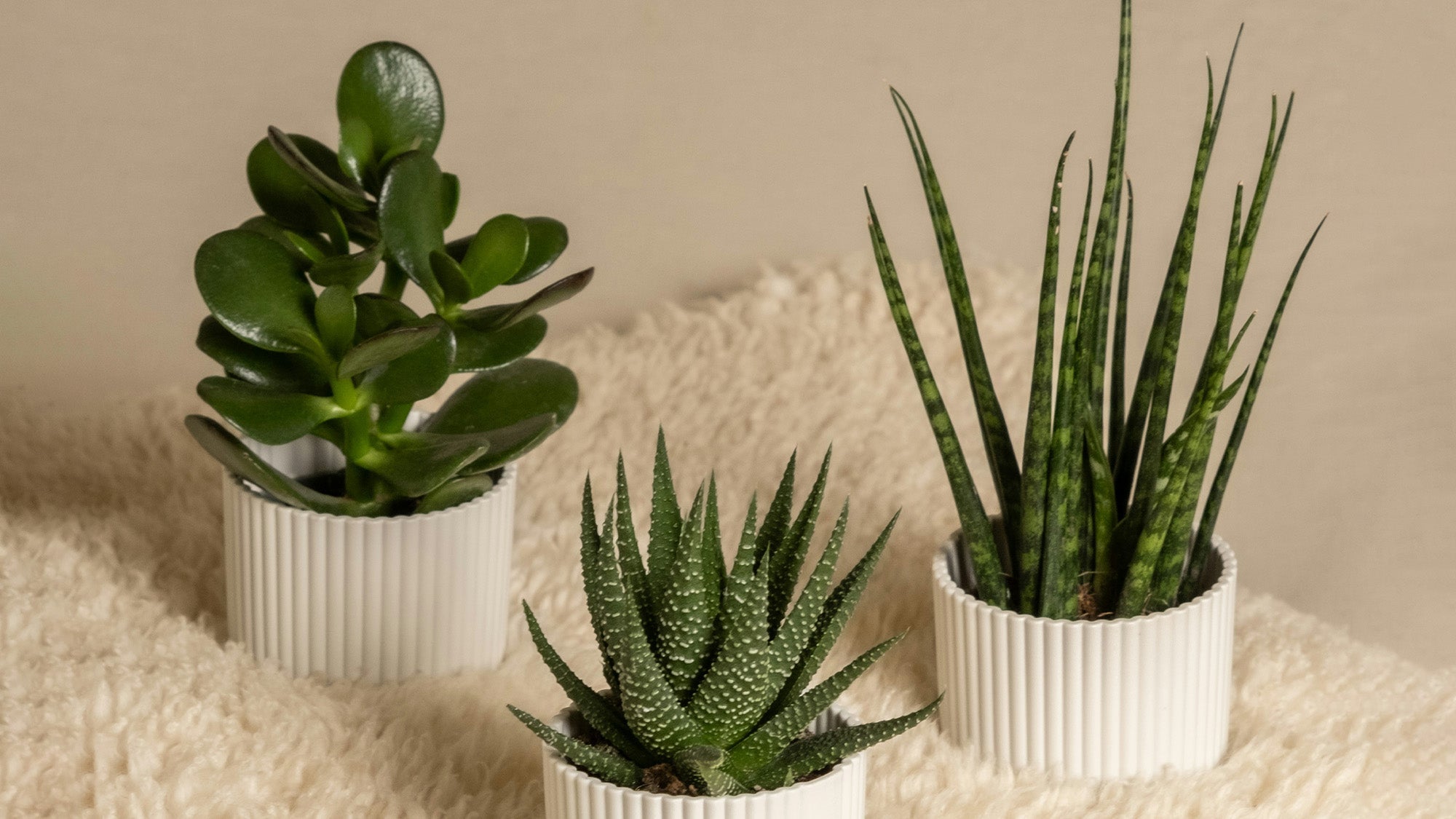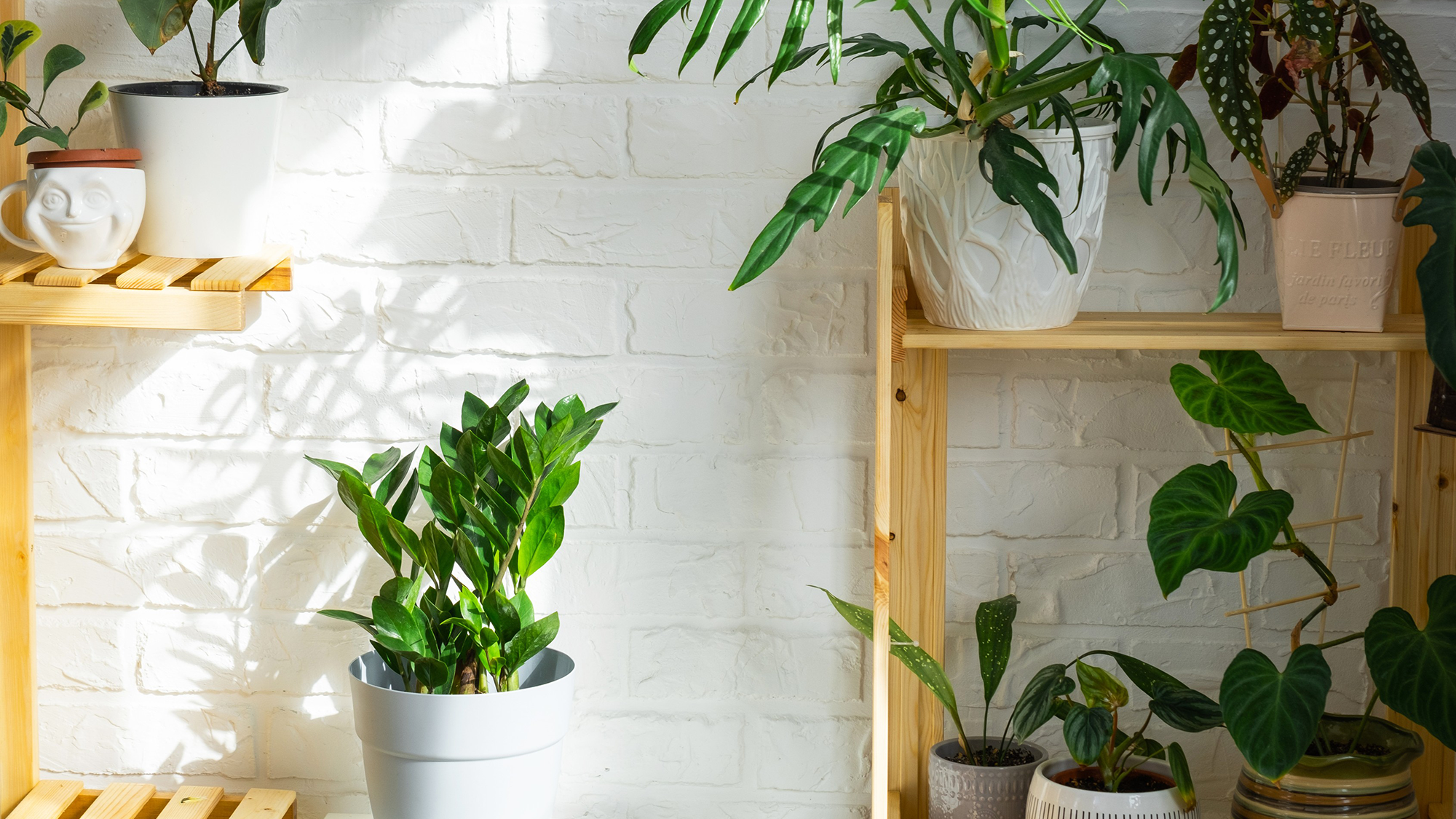
Succulent Soil Mix Guide: Create the Perfect Growing Environment for Your Plants

Is Succulent Care Easy? The Key is in the Soil!
Many plant enthusiasts are drawn to succulents for their unique shapes, vibrant colors, and reputation for being low-maintenance and hardy. However, some find that after watering their new plants once, they suddenly die. A major reason for this is that the soil isn’t suitable for indoor conditions!
When you buy succulents from nurseries or garden centers, they’re often grown in ideal conditions with ample light and good ventilation, using moisture-retaining soils like peat moss. However, indoor environments usually lack the same light and airflow, so it’s recommended to replace the soil with a more breathable medium or a soil mix specifically designed for succulents.
You can either mix your own soil by adding the right mediums, or you can opt for a professional succulent soil mix to quickly provide your plants with an ideal growing and breathing environment. Keep reading to learn about the best time to repot succulents, the soil types they prefer, and the common mediums used!"
This version makes the information clear and practical for a US audience, using familiar gardening terminology and emphasizing the importance of proper soil for indoor plant care. Let me know if you need further refinements!
When Should You Repot Succulents?

Healthy Succulent Growth Depends on Well-Draining, Aerated Soil. Here are three situations when you should repot your succulents:
-
Newly Purchased Plants: After 1-2 weeks of acclimating to their new environment, it’s a good idea to repot your succulents into a soil mix specifically designed for them to better suit indoor care conditions.
-
Every 1-2 Years: Succulent soil may lose its nutrients or compact over time, reducing drainage and aeration. Regular repotting ensures your plants have the best growing environment and allows them to continue thriving.
-
Signs of Growth Issues: If you notice slow growth, yellowing leaves, or signs of overwatering like root rot, it’s time to change the soil and check for any underlying issues.
Ideal Soil Characteristics for Succulents

In addition to good aeration, succulents mostly originate from dry regions such as deserts, grasslands, and high-altitude areas. Their thick, fleshy leaves or stems allow them to store water, helping them survive long periods of drought. However, they have high drainage requirements to prevent root rot caused by water retention. Ideal soil mediums are typically granular, such as akadama (clay-based soil) or pumice.
Although succulents are resilient "survivor" plants that require less water and fertilizer than common foliage plants, adding one or two water-retaining and nutrient-holding mediums (such as vermiculite) can help them grow more beautifully. Pairing this with a low-nitrogen, low-phosphorus, and low-potassium plant nutrition solution will promote better growth. (Check out the recommended plant nutrition solutions for succulents.)
If you want to mix your own soil, consider the composition of store-bought succulent soil. Common mixes contain over 50% granular soil to improve drainage and aeration. Adding perlite or vermiculite helps retain water and nutrients, and you can optionally incorporate small amounts of peat moss or coir (coconut fiber) based on your growing environment.
Common Mediums for Indoor Planting: Succulent Soil Mix

(1% Nutrition's Succulent Soil Mix for Indoor Planting)
1. Akadama (Clay-Based Soil): Known for its excellent drainage and stability, akadama is an ideal medium for succulents and other plants that require an airy environment, like orchids.
Features: Provides solid root support and maintains a stable soil structure. The color changes when watered, making it easy to monitor moisture levels.
Uses: Commonly used as a main growing medium or as a top layer to promote drainage and aeration.
2. White Pumice: Lightweight and highly porous, white pumice is a favorite choice for succulent enthusiasts.Features: Excellent drainage capabilities and moisture control, preventing root rot.Uses: Mixed with potting soil to improve aeration and often used as a top dressing to maintain dry soil and enhance plant aesthetics.
3. Black Pumice: A more stable variant of pumice, black pumice is ideal for use in the bottom drainage layer of pots.
Features: Good drainage and stable granules that don’t break down easily over time.
Uses: Commonly used in drainage layers to promote quick water flow and prevent root dampness.
4. Expanded Perlite: This lightweight, porous volcanic rock is widely used to increase soil aeration and drainage.
Features: Very lightweight with excellent drainage, it helps prevent soil from staying too wet.
Uses: Ideal as a bottom drainage material for deep pots or as a surface layer to reduce the risk of root rot.
5. Vermiculite: Vermiculite balances moisture retention and aeration, making it an excellent companion for seedling mixes or peat-based soils.
Features: Lightweight, porous, and rich in trace minerals, it promotes plant growth.
Uses: Great for seed starting or mixed with peat to help retain moisture and provide essential nutrients.
6. Tungshan Stone: Known for its hardness and porosity, Tungshan stone is a top choice for improving drainage.
Features: Hard, breathable, and enhances soil structure and drainage.
Uses: Often used in drainage layers or mixed into potting soil to promote aeration and healthy root systems.

Conclusion: Healthy Succulents Start with the Right Soil
Succulents require well-draining, aerated soil to thrive, which is key to their healthy growth. By understanding their environmental needs and selecting the appropriate soil mix, along with regular repotting, you can keep your succulents in top shape. Whether you choose to mix your own soil or use the 1% Nutrition Succulent Soil Mix, you'll begin an exciting journey of succulent growth and soon enjoy a vibrant and thriving succulent garden!


Leave a comment
This site is protected by hCaptcha and the hCaptcha Privacy Policy and Terms of Service apply.